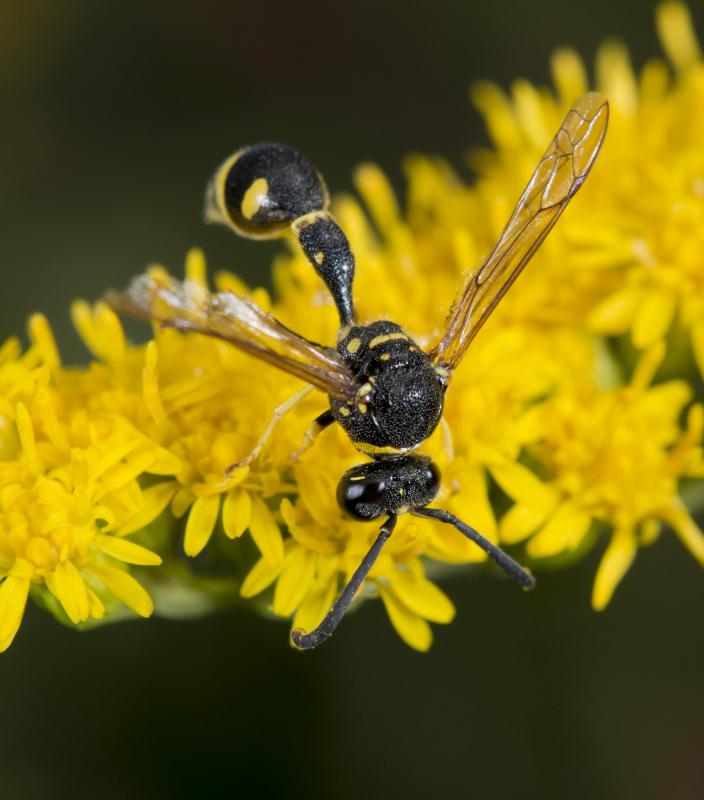At WiseGEEK, we're committed to delivering accurate, trustworthy information. Our expert-authored content is rigorously fact-checked and sourced from credible authorities. Discover how we uphold the highest standards in providing you with reliable knowledge.
What is a Harebell?
A harebell is a blue perennial flower that is known by many names. It grows all over the world but is well known for its existence in Scotland, Ireland, and Northern Europe. The wildflower is shaped like a bell with basal leaves that are round and leaves on the stem that are thin and come to a point. Harebell is used in many herbal remedies and can be eaten.
Harebell is known as witch’s thimble, fairy thimble, goblin thimble, bluebell, and heathbell, among others. These flowers are also known as dead man’s bells and bellflowers. This blue flower and many of the flower’s names are centered on old folk stories that include witches, fairies, and goblins. It is said to have earned the name harebell because witches in folk stories used the plant for spells that would turn them into hares.

The most popular place where harebells are known to grow is Scotland. These plants are sometimes called Scottish bluebells because of the abundance of harebells that populate the country. The term bluebell is usually not used to describe harebell outside of Scotland.
Many areas in the Northern Hemisphere are home to this flower. They are able to grow in many different climates and types of soil. These flowers can be found in the sand, on rocky ledges, in lush grassy areas, gravel, and just about everywhere else. Although the flowers are paper thin and may appear to be delicate, the harebell is hardy.

Harebells also are impartial to the type of light they receive. Harebells can grow in partial sunlight, full sunlight, or full shade. These flowers develop their petals in summer or fall and can survive with little moisture to sustain them. Most often, Scottish bluebells do not grow in bunches but by themselves. Bees can pollinate a harebell, but this flower is able to reproduce by itself.
Petals on these flowers are typically just 1 inch (2.54 cm) in height and are attached to a stem that is usually 1 foot (30.5 cm) high. When broken, the stem produces a milky substance. This substance is also present when a leaf of the plant is broken. The stems can hold more than one bell, which are typically blue but may be white.
People in certain parts of the world eat the Scottish bluebell in their salads. It is also used as an herbal remedy for earaches and sore eyes. Some believe that this flower may treat or even cure depression.
AS FEATURED ON:
AS FEATURED ON:












Discuss this Article
Post your comments